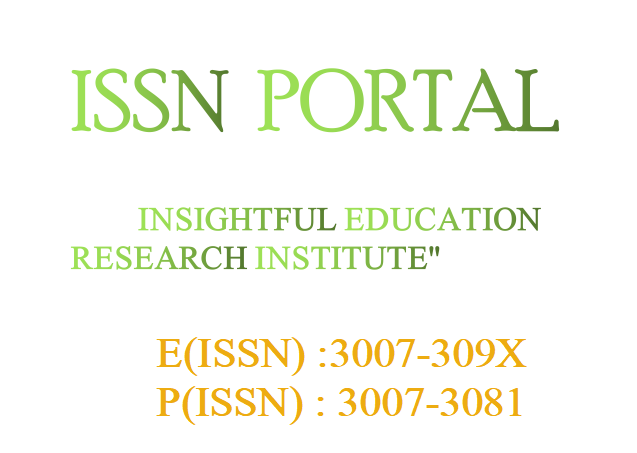ANALYSIS OF NON-SYNONYMOUS SNPS IN THE SET ONCOGENE AND THEIR IMPACT ON LEUKEMIA
DOI:
https://doi.org/10.62019/8ww08677Keywords:
SET, Leukemia, In-silico analysis, nsSNPs, OncogeneAbstract
Suppressor of variegation 3-9, Enhancer of Zeste, Trithorax (SET) is a family of protein. SET is a leukemia protein consisting up of Su (var)3-9, Ezh2, Trithorax (SET) domain in the protein family. In mammals SET has three pairs of family members including SETd1A/SETd1B, MLL1/MLL2, and MLL3/MLL4. SET links directly to various proteins involved in cell cycle regulation and DNA damage, physiological processes regulation, cell differentiation. It is expressed in various tissues such as brain, lung, heart, liver, the gonadal system, kidney, spleen and mainly detected in the nucleus in which it cooperates in the gene transcription regulation, stimulating and suppressing the various gene expression. SET protein, also called I2PP2A (Inhibitor 2 of PP2A), SET is a powerful inhibitor of protein phosphatase 2A (PP2A), separated from a chromosomal rearrangement at 9q34 in a case having acute undifferentiated leukemia. It is overexpressed in chronic myelogenous leukemia (CML). Sometimes it’s also overexpressed in CLL relative to normal B cells. The objective of this study was to identify non-synonymous SNPs of SET and their role in causing leukemia utilizing computational analysis. For this purpose, different online tools like MAPP, SNAP, SNAP2 (to identify pathogenic SNPs), SIFT, Polyphen, Polyphen-2, fuNTRp, PhD-SNP, PredictSNP, PANTHER (disease associated SNPs), MetaSNP, SNP&GO, CONSURF (to check protein stability) I-Mutant, and Mu-Pro were used. Protein to protein interaction was detected by STRING, Post-translational modifications (PTMs) by Musitedeep, and protein secondary structure was detected by SOPMA. All SNPs in the SIFT and Polyphen-2 predicted as deleterious. In Polyphen, there were 113 SNPs predicted as possibly damaging, 21 showed probably damaging and 15 SNPs were predicted as benign. In SNAP2, 111 SNPs were predicted as diseased or effected SNPs, respectively. The PTMs found were phosphorylation at amino acid number 2 and 128; palmitoylation at number 13; pyrrolidone carboxylic acid at number 33 and glycosylation at number 41 and 46. The secondary structure of SET consists of Alpha helix (Hh) 121 is (43.68%), extended standard (Ee) 28 is (10.11%), beta turn (Tt) 3 is (1.08%) and random coil (Cc) 125 is (45.13%). SET has been shown strong protein to protein interaction with its own family as well as Granzyme A, Nucleoside diphosphate kinase A. It is concluded that these SNPs found in SET are involved in leukemia.







